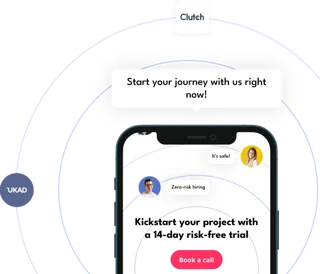React Native is a JavaScript framework for building native mobile apps. Developers can use it to compose rich mobile UIs with declarative components. It allows you to use the same code to create iOS and Android apps. Also, you should learn about safe mobile development to create top tier apps with a huge monetization potential.
The React Native slogan 'write once, use everywhere' was widespread when the framework became popular. Now, after the third anniversary of React Native, a majority of developers may argue with this claim. Yes, we can reuse most code when working with both platforms, but in the end Android and iOS are quite different systems, which causes some issues.





